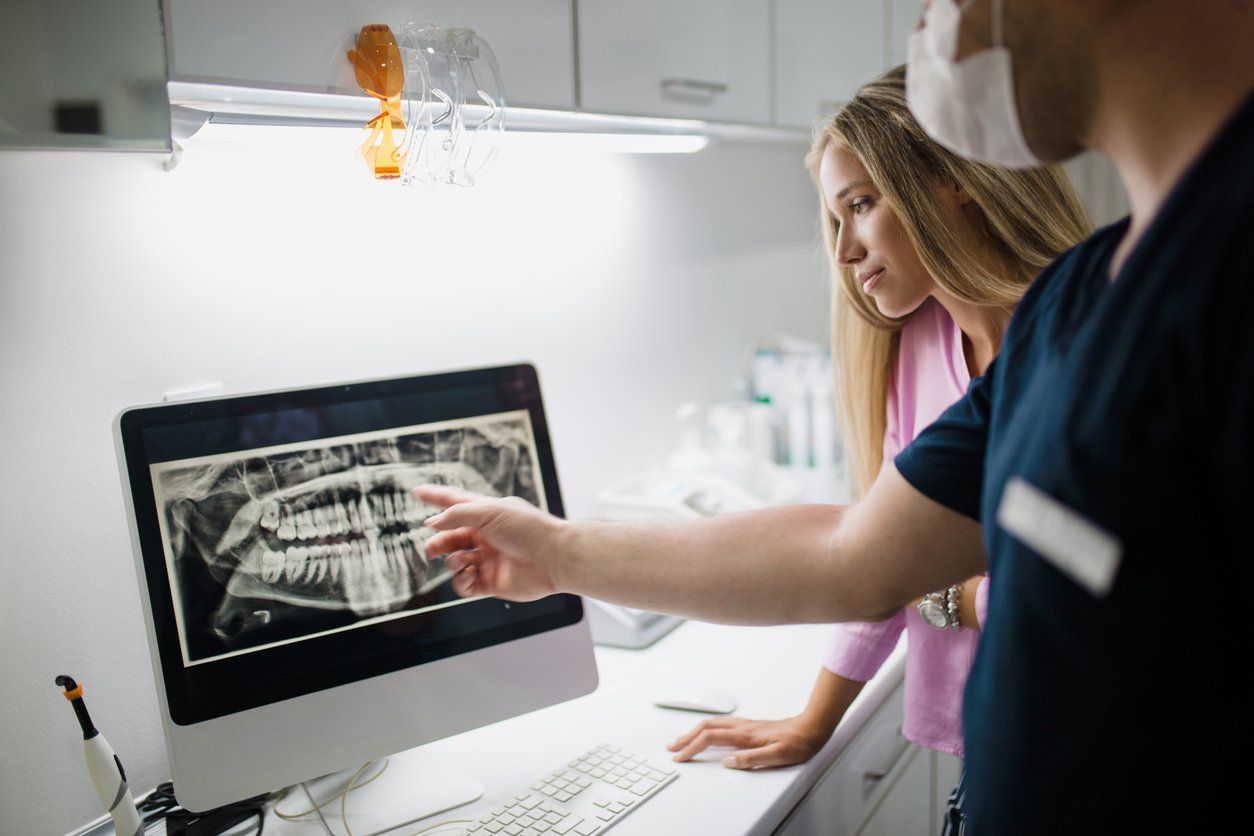Everything You Need to Know About X-Rays

The dental X-ray is one of the most valuable diagnostic tools that a dentist has. The image provided by the X-ray process allows dentists a close look at your mouth that they can't get otherwise. Children receive more X-rays than adults, but it's still a process that benefits everyone.
What's the History of X-Rays?
X-rayswere first discovered by Wilhelm Conrad Roentgen in 1895. Roentgen was a German physicist who discovered x-rays while experimenting with his cathode-ray tube. The rays produced by his tube could pass through human tissue, but couldn't do the same to bones or metal objects. He dubbed it the "X-ray" due to how little he knew about it at the time.
The first dental X-raywas taken in 1896 by Dr. Otto Walkhoff. He asked for help from a physics professor, Fritz Giesel. Walkhoff had Giesel take a radiograph of his own mouth. It took 25 minutes to provide results, but he was satisfied with them.
Why Do I Need X-Rays?
X-rays determine the current status of your dental health. An X-ray can reveal any traces of bone loss, infections in the root canal area, or even pockets of tooth decay. You need X-rays so that your dentist can identify any dental problems that may be developing.
What Are the Different Types of X-Rays?
There are two major categories of X-rays, and those categories contain types. The most common kind of X-ray is the intraoral X-ray. Here are the types that comprise it:
- Occlusal. Used to track the development of teeth. It's primarily used to highlight the baby and adult teeth of children.
- Bite-wing. Determines if decay is present in the teeth in the back of the mouth.
- Periapical. This will give your dentist a look at every inch of the tooth. From the crown to where the tooth is attached to your jaw.
The other category of X-rays is extraoral. These focus more on your jaw and skull than your teeth. They look for issues like impacted teeth rather than cavities.
Are X-Rays Safe?
Yes, X-rays are safe for everyone. There are extremely low amounts of radiation in them, despite what you may have heard. To combat that minimal amount, you'll be covered by a lead apron. With the appropriate level of shielding, an X-ray is even safe during pregnancy. Children are safe as well; there isn't enough radiation involved to harm them.
Conclusion
At the office of Ronald A. Murphy DMD, we care about our patients' dental health. That's why we're offering new patients an $89 specialthat includes X-rays. Contact ustoday to schedule a consultation!
